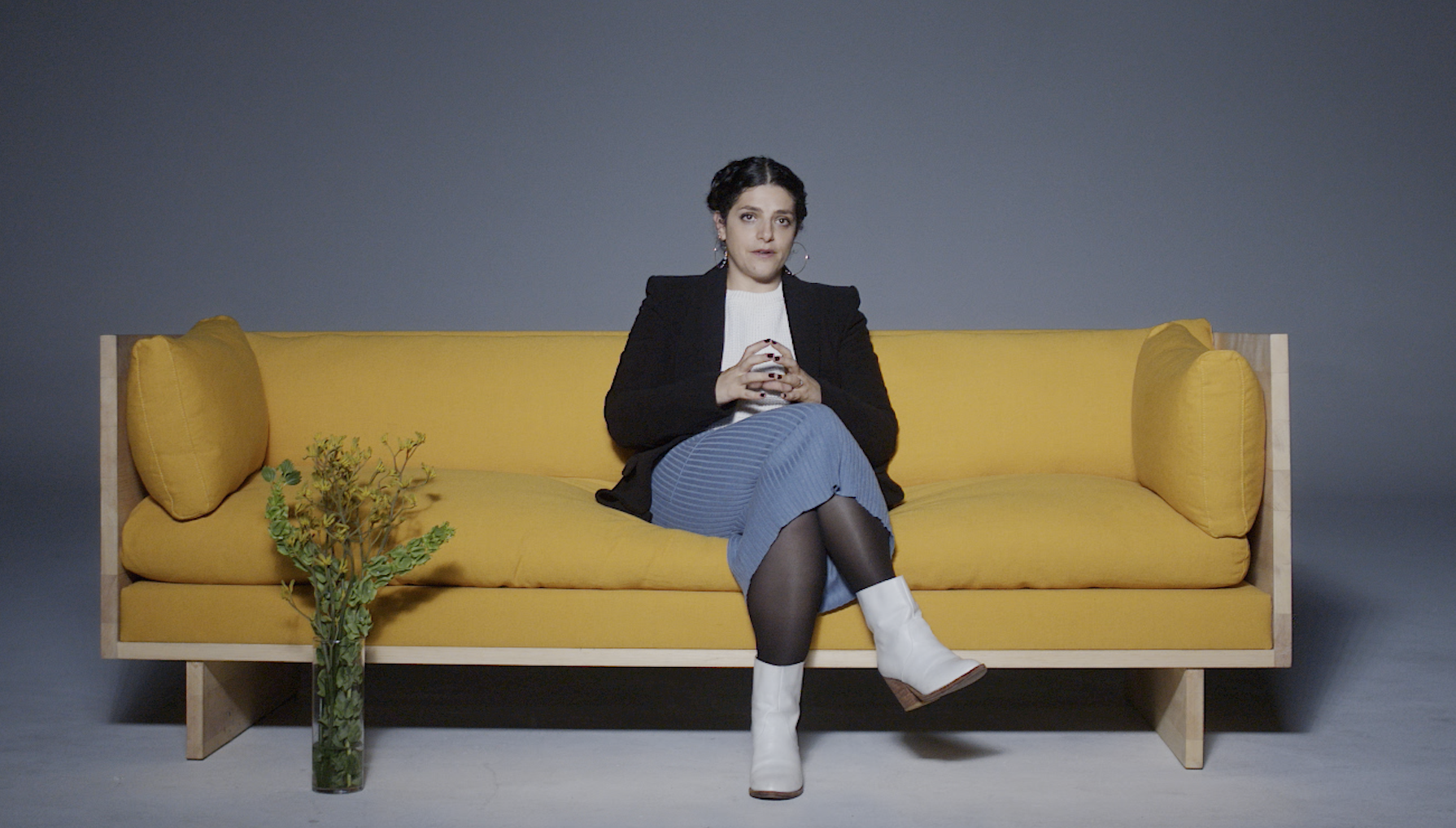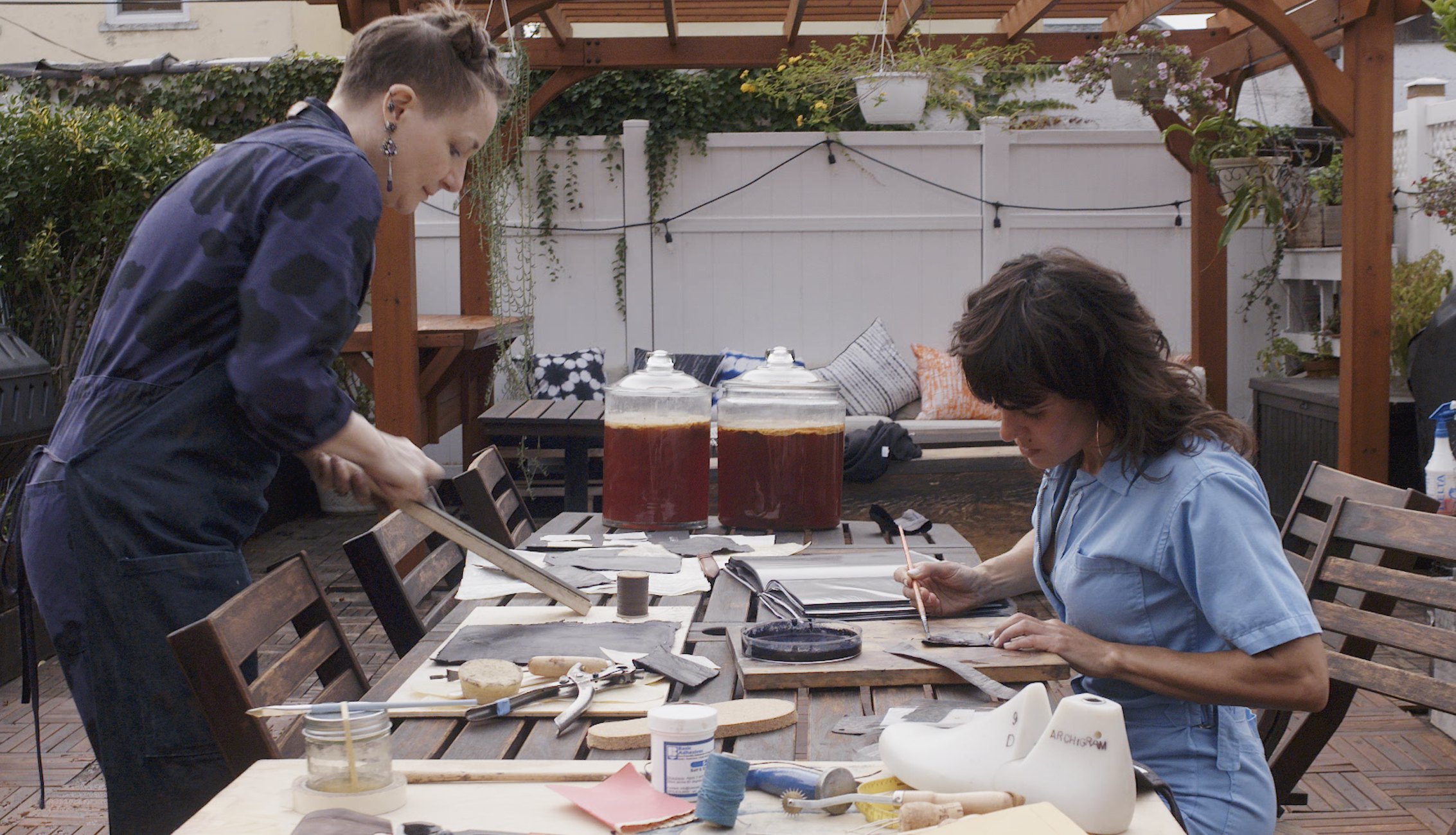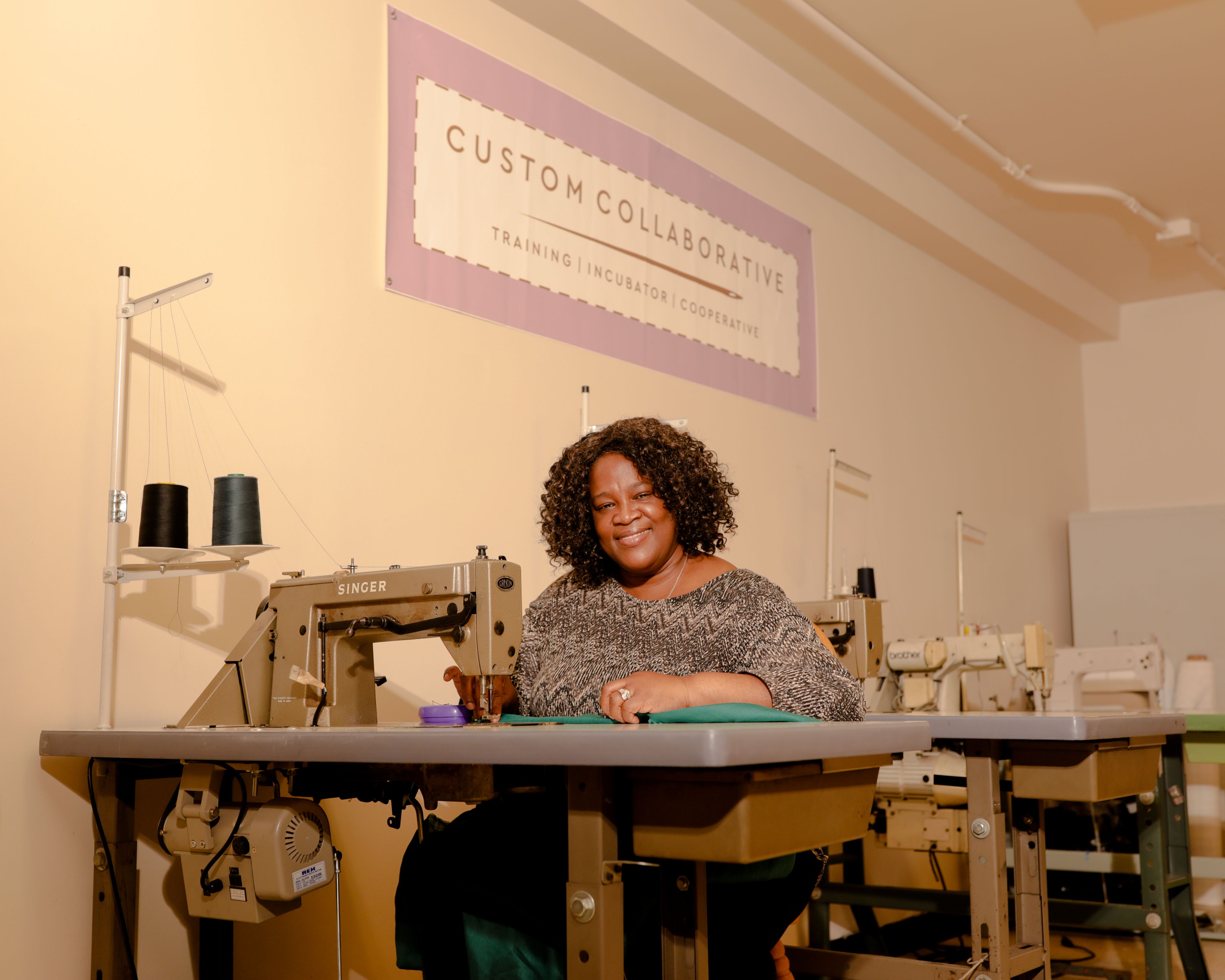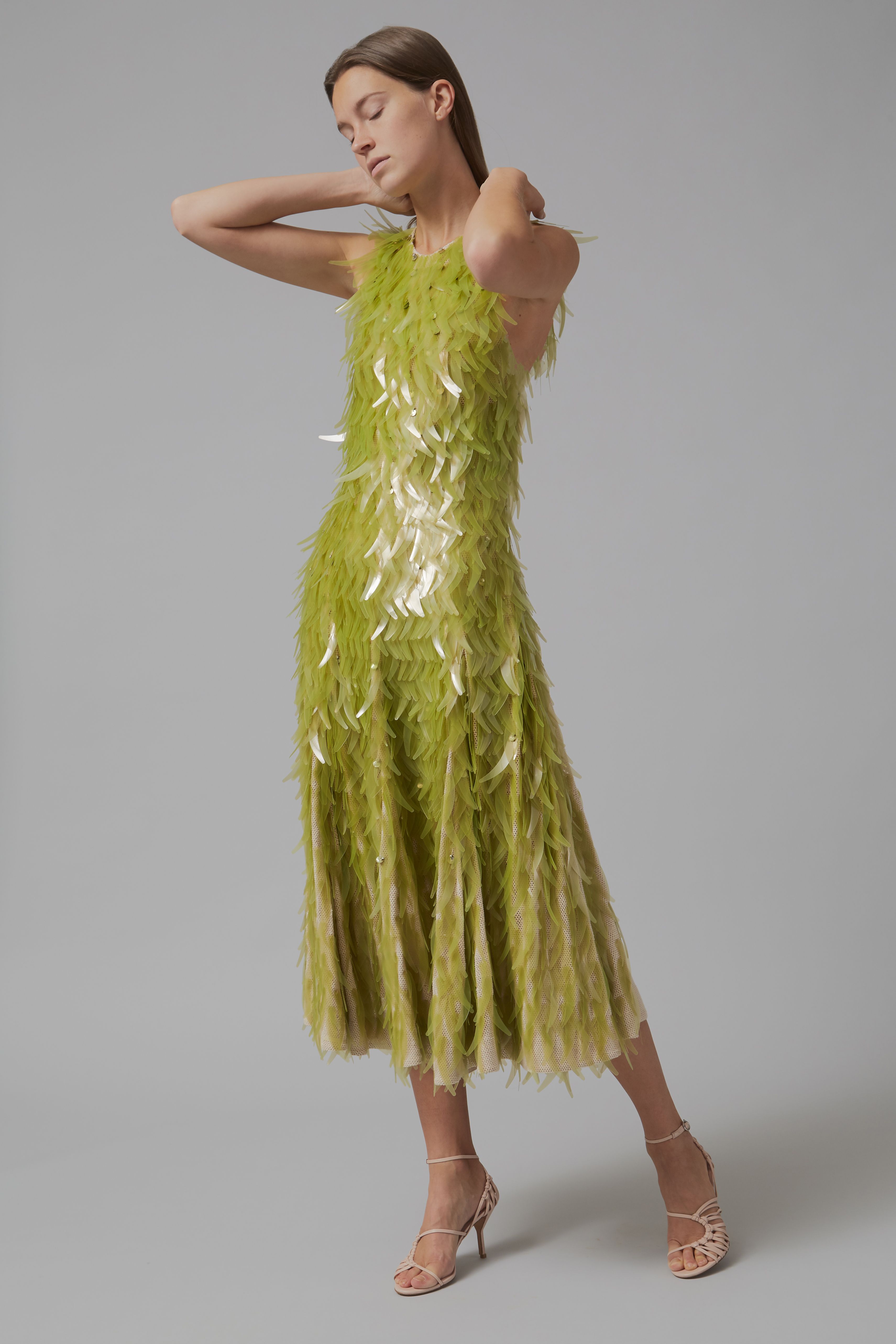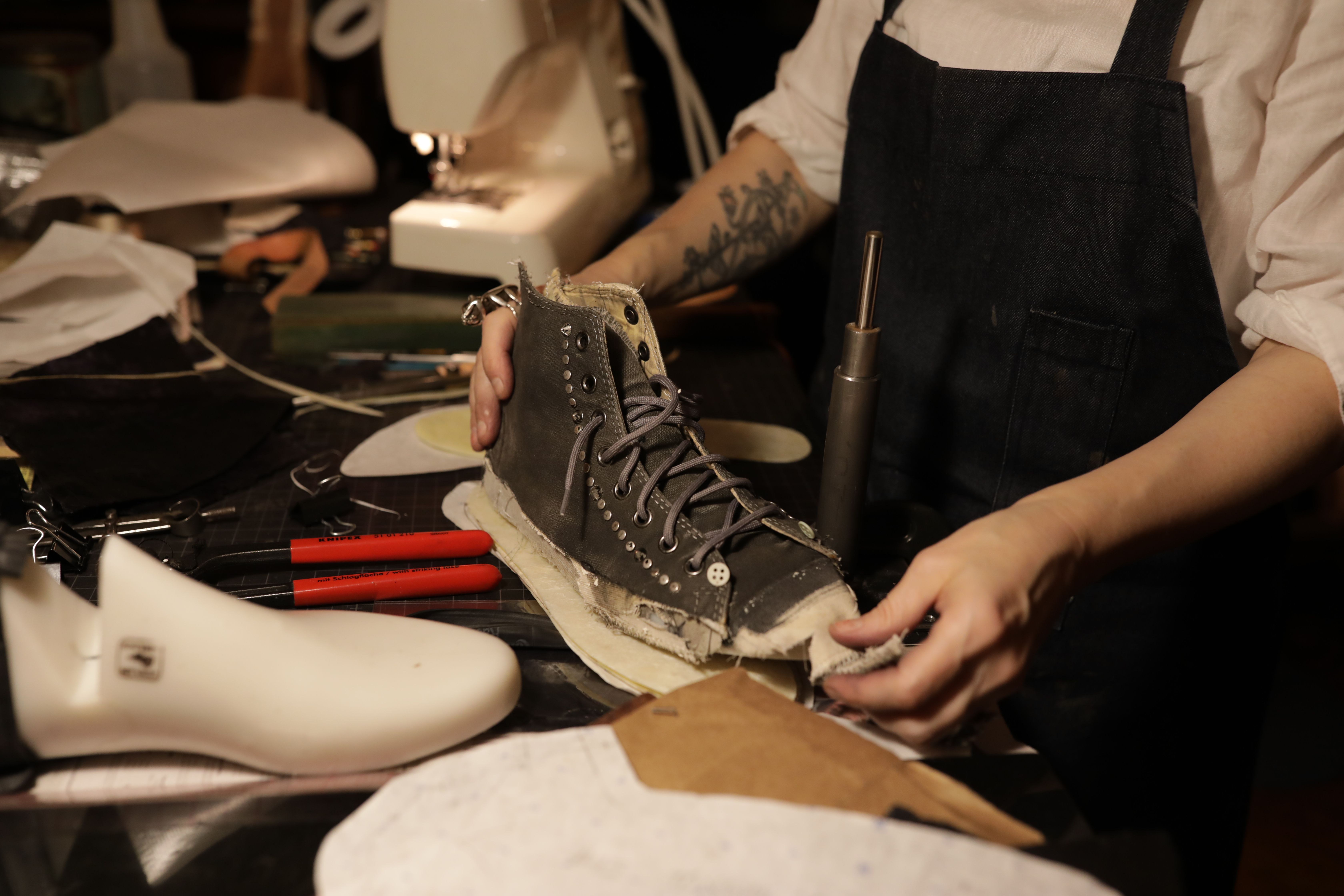
One x One Pairs Designers With Scientists to Create the Conscious Design Solutions We Need Now
12/12/2020Céline Semaan, founder and executive director of the conscious design non-profit Slow Factory Foundation, likes to explain her new initiative—an science incubator that pairs designers with scientists called One x One—through the cautionary tale of polyester. The synthetic fabric was created by British scientists in a lab in the 1930s, and introduced to the American public by duPont in the 1950s when it was heralded as a miracle fabric: It was cheap! It didn’t wrinkle, even after dozens of wears and washes!
The impact of polyester on the environment wouldn’t become evident until decades later, when it was essentially too late. “It’s plastic,” says Semaan. “Every time you wash a polyester garment, it releases microplastics into the water and microplastics are the number one cause of the erosion of coral reefs and the devastation of our oceans.” And it gets worse. “It cannot break down and it ends up in landfills, where it leaches chemicals into the soil,” Semaan adds.
Polyester is what happens when fashion and science work in silos and the environmental, social, and ethical ramifications of technological advancements are not part of the conversation. One x One, which was created in partnership with the United Nations and Swarovski, is designed to combat precisely this kind of singularly focused and ruthlessly driven innovation cycle that can lead to so much devastation. The goal, Semaan says, is to “think about the systems around the products…to be able to influence the way that we design by thinking about waste as well.”
The project, which came to fruition this week, saw Phillip Lim partner with researcher Charlotte McCurdy to create eveningwear out of an algae-based and carbon-neutral fabric; Mara Hoffman team up with New York-based workforce development program Custom Collaborative to create design apprenticeships for women in marginalized communities and build towards a more equitable fashion industry; and Dao-Yi Chow and Maxwell Osborne of Public School NY link up with scientist Dr. Theanne Schiros to create sneakers out of a “leather” substitute grown from bacteria in a lab.
Here, Semaan talks about how One x One came about, how the incubator functioned during Covid, and her hope for the fashion industry.
Harper’s Bazaar: How did the idea for One X One come about?
Céline Semaan: At Slow Factory we work across industries: with scientists, with waste management, with activists and designers. And we’ve been putting these conferences together called Study Hall that blur the boundaries between industries. The goal was to bring people together to foster collaborations, to come up with solutions. But what was happening is we didn’t have control over what happened after the conference. So we wanted to create a case study for what it would look like to really work across industries. And in this case, what if we merged science and design? What innovations could we come up with? And not only that, what learnings could we share with the rest of the industry to facilitate that partnership?
Fashion has depended on science and technological innovations for years. Why is this different?
The fashion industry has traditionally gone to science for economic reasons, to make something cheaper. Silk was very expensive. Cotton was very difficult to grow, and was built on the labor of enslaved Black people… So you end up with polyester. It’s cheaper. It doesn’t require agriculture. It doesn’t require that much care. But what they missed was the environmental and ethical impact of polyester.
One X One pairs a designer with a scientist, provides them a grant, and the mandate is for them to take the science outside of the lab and to really think about the impact. Social sciences are key here as well—they are usually separated from material science and what we do at Slow Factory is create intersections.
What were you most excited to see come out of the collaborations?
Well, we had the kickoff meeting in February and the week after that Covid shut everything down. Under the circumstances, the teams managed to really make the best out of this program. It showed us that the work we’re trying to do is necessary. We all need to be doing this, working across industries and solving existential issues like climate change and inequity. What we’ve seen under Covid is sadly a rehearsal of what’s to come.
I can’t pick a favorite. Mara Hoffman and Custom Collaborative started making PPE right off the bat, creating job opportunities in a time where there were no jobs and everything was shutting down.
And then Charlotte McCurdy, who worked with Phillip Lim, had to rebuild her lab in her parents’ garage. She had to be super creative. She would feed her son’s leftover juice to her algae-fabric, because it needs sugar to grow.
And that’s what the fashion industry is known for, its creativity. But what we’re not used to is applying this creativity to solving real-life problems. It’s possible to do something gorgeous and make it good for the world. Look at the Philip Lim dress, it’s mind-blowing!
And the high top sneaker that Public School did with Theanne Schiros using lab-grown leather make a tenth of the impact of vegan leather (which is just more plastic) on the environment.
It’s still often the case that affordable fashion, or fast fashion, uses polyester and other materials that are not great for the environment. But most people don’t have the means to invest in the kind of fashion that is ethically sourced and made from natural fibers. How do you reconcile that?
A big part of what we do at Slow Factory is to destigmatize shame and to destigmatize this calling out of who wears what, and where do you buy your clothes. We approach sustainability as a culture. It’s not so much what you buy but how you take care of your items. It’s how you approach these issues and what you do in your life to contribute to a positive impact. You can buy a $300 sweater and still contribute to oppression. So it’s not what we buy, it’s how we live.
Source: Read Full Article
